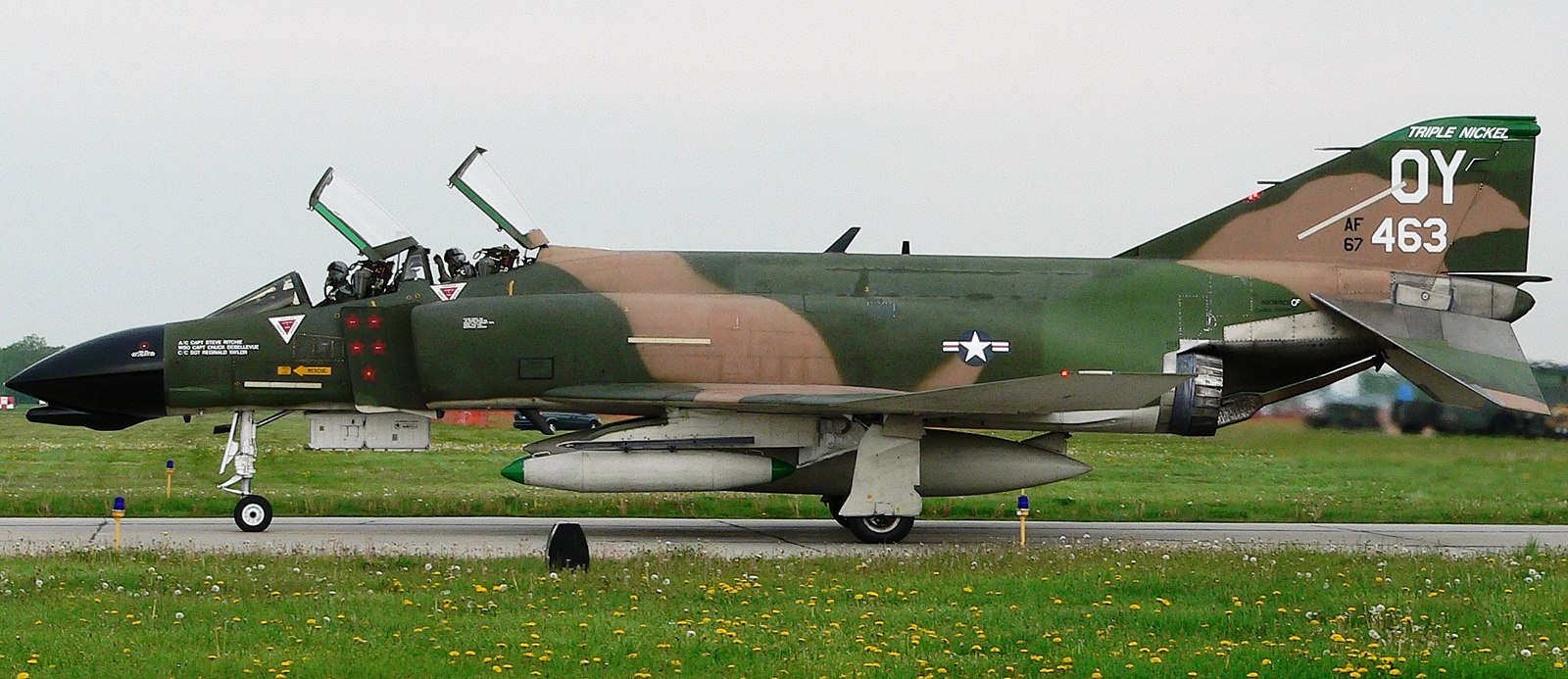
The McDonnell Douglas F-4 Phantom II, a supersonic powerhouse, effortlessly dominated the skies from its debut in the late 1950s through its distinguished service in multiple conflicts.

Originally designed for the U.S. Navy and later adopted by the Air Force and Marine Corps, the F-4 Phantom II was a tandem two-seat, twin-engine, all-weather interceptor that quickly evolved into a formidable fighter-bomber.
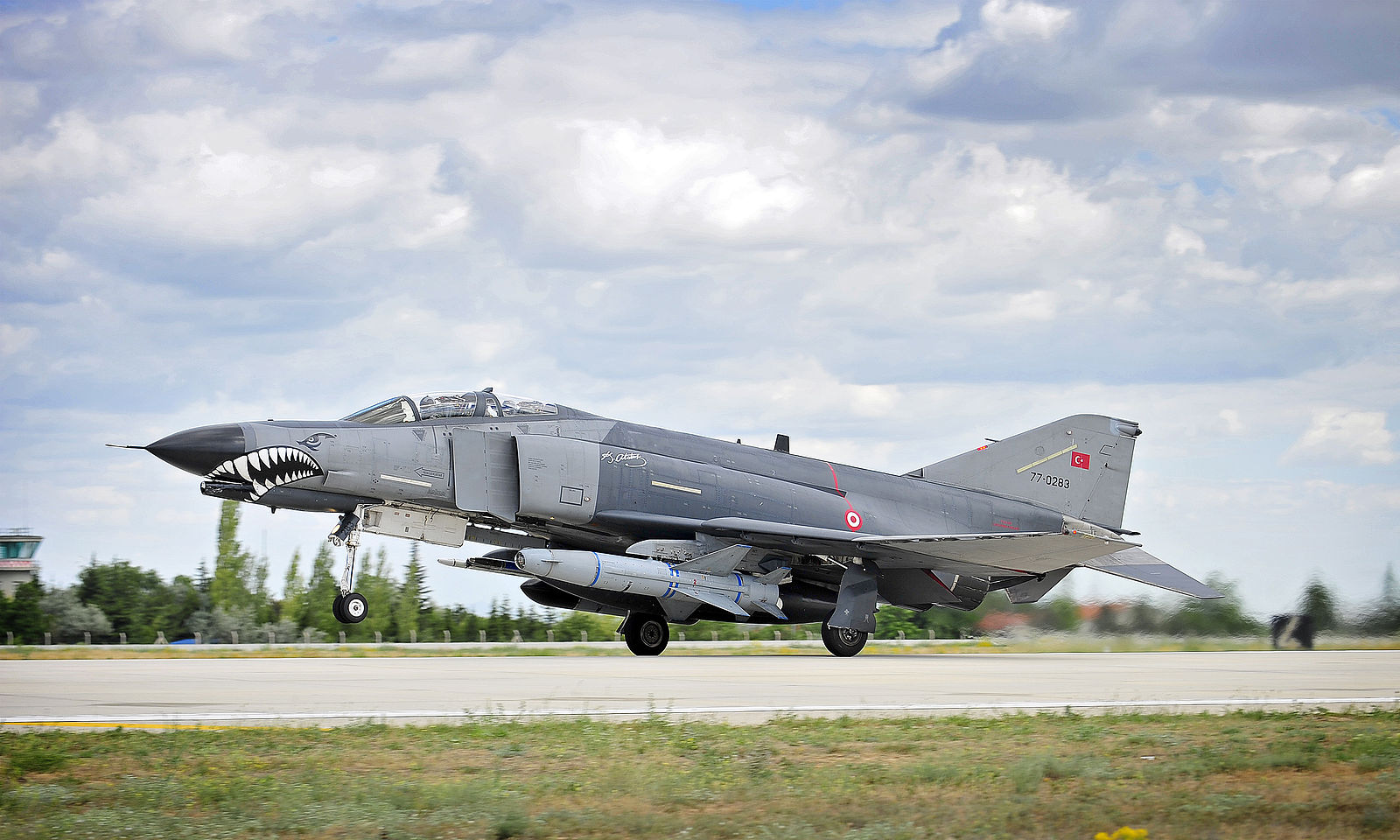
With its distinctive profile and unmatched versatility, this aircraft not only secured its place in military history but also captivated aviation enthusiasts and military strategists alike.

On May 27, 1958, the Phantom took its first flight, and despite early hydraulic issues, subsequent trials demonstrated the aircraft’s superior capabilities, including a successful carrier takeoff and landing on the USS Independence in 1960.
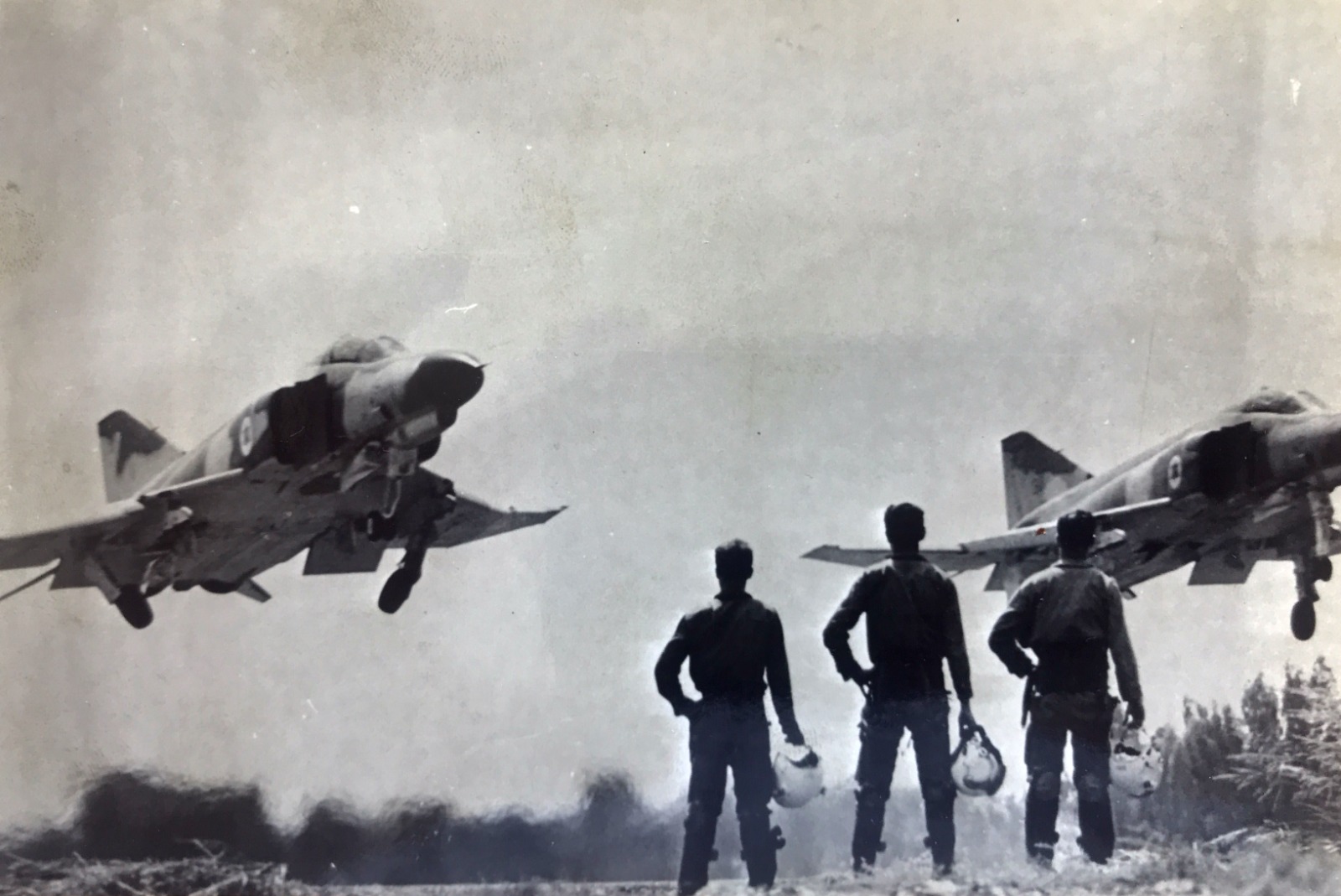
While the “fighter mafia” of the era pursued smaller and faster jets, leading to the creation of the F-16, the F-4 Phantom II followed a different design philosophy.

This heavyweight champion, though not sleek, boasted raw power and adaptability, making it the most feared aircraft during the Vietnam era.
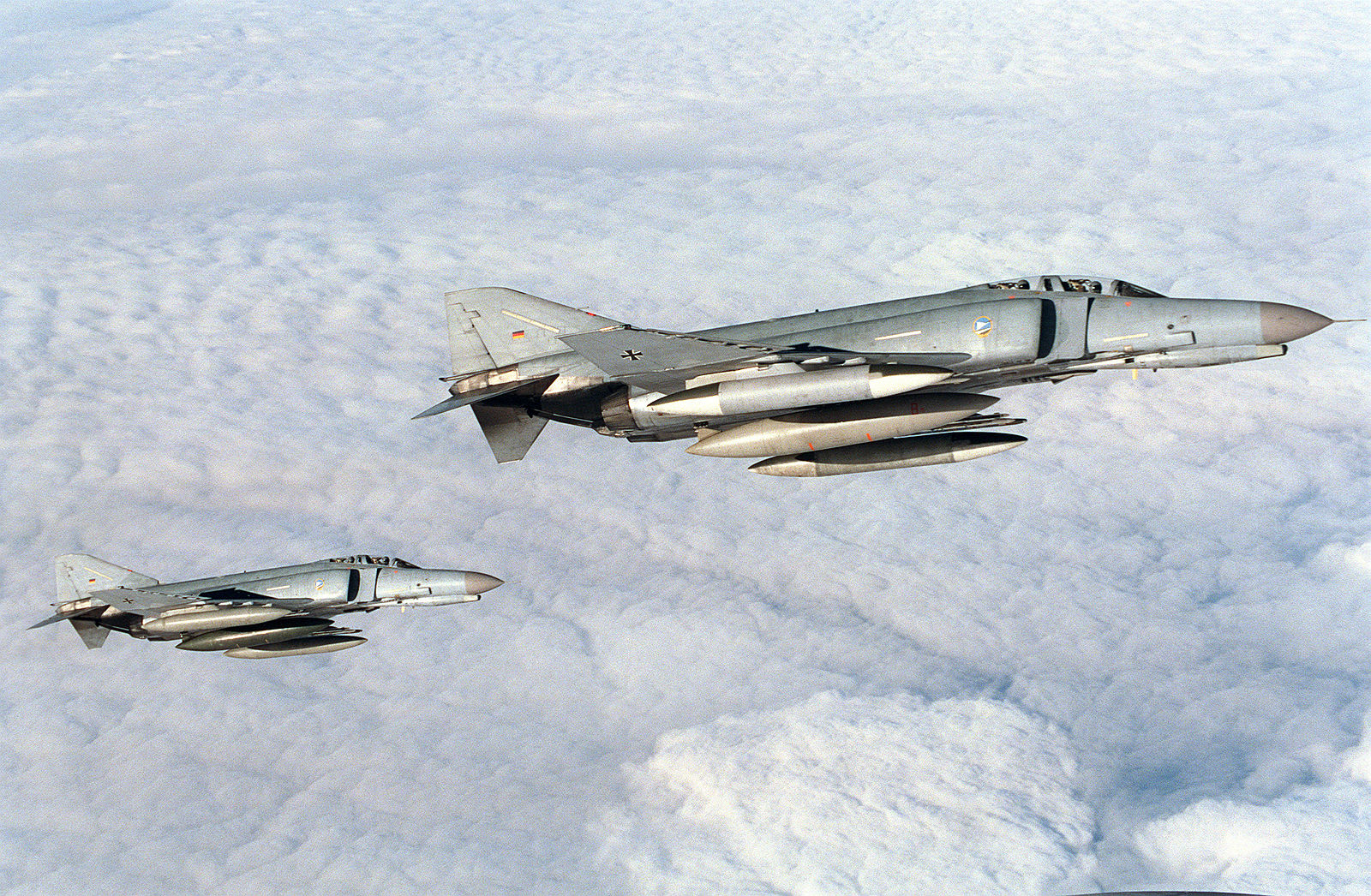
It achieved more aerial victories than any other U.S. fighter in that conflict, downing 280 enemy aircraft, a testament to its prowess in air-to-air combat.

With a production span exceeding two decades, the Phantom became the most produced supersonic fighter in U.S. history, totaling 5,195 units. Powered by J79 twin engines, the Phantom II broke multiple speed and altitude records, including a world record climb to 98,557 feet in 1959 and a then-world speed record of 1,606 mph in 1961.

The Phantom’s advancements extended beyond speed to include significant improvements in firepower and avionics. The F-4E model introduced the M61 Vulcan rotary cannon and leading-edge slats for enhanced maneuverability, solidifying its role as a dogfighter. These upgrades extended the Phantom’s service life and effectiveness, sometimes surpassing its successor, the F-15 Eagle, in certain aspects.

Secretary of Defense Robert McNamara’s push for a standardized fighter across multiple branches of the U.S. military resulted in the Phantom’s widespread use.
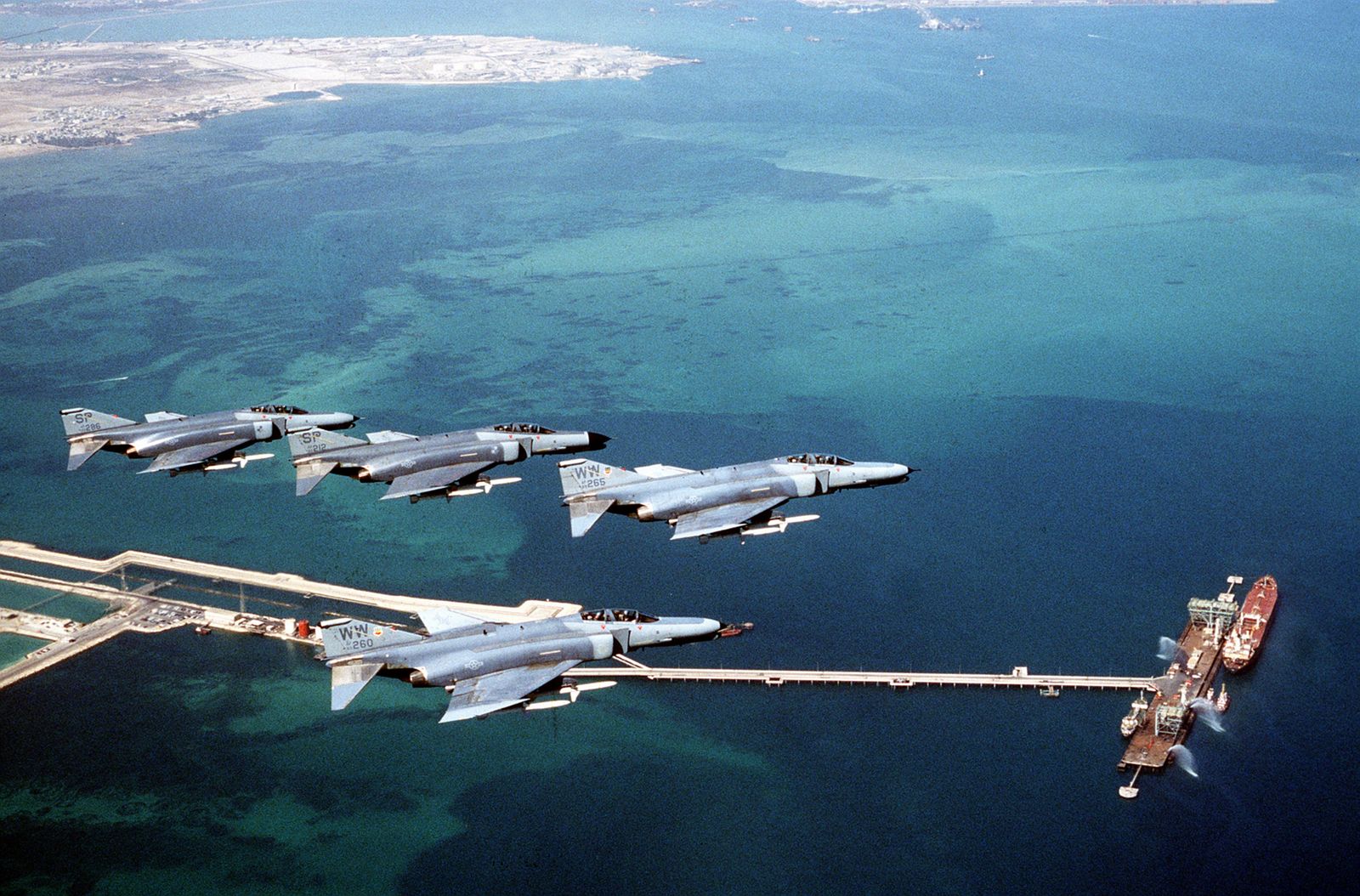
This uniformity facilitated cross-branch operations and led to significant cost savings. The F-4 remained in combat service well into the 1990s, including reconnaissance missions during Operation Desert Storm.
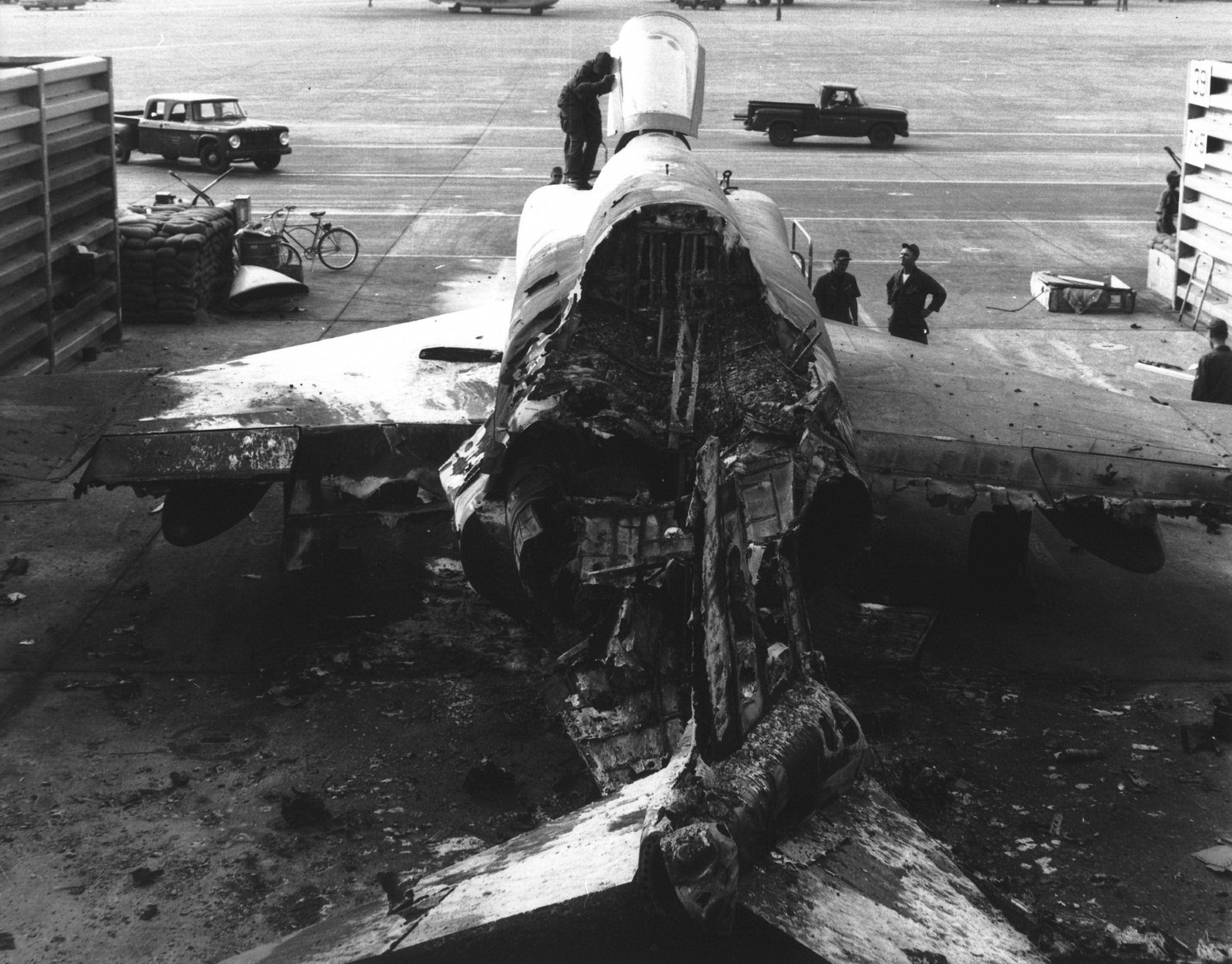
The Phantom’s global impact is highlighted by its service in the air forces of 11 foreign militaries. It saw extensive combat use by Israel during the Yom Kippur War, by Iran in the Iran-Iraq War, and by Turkey, primarily in missions against Kurdish PKK bases as a NATO member.

Despite its many accolades, the F-4 Phantom II was not without issues. Early models faced mechanical challenges such as leaks in internal wing-mounted fuel tanks and aileron control problems. The aircraft’s engines emitted a noticeable smoke trail, a disadvantage in stealth operations that was eventually mitigated. Maintenance demands were high, and the cockpit’s design had room for improvement.

Nonetheless, the F-4 Phantom II remains an emblem of aerial might, a testament to American engineering. Despite its monikers “double ugly” and “flying brick,” it stands as a symbol of intimidating beauty to many. Its current role, serving nations like Iran, South Korea, Greece, and Turkey, underscores the enduring value of this indomitable aircraft.
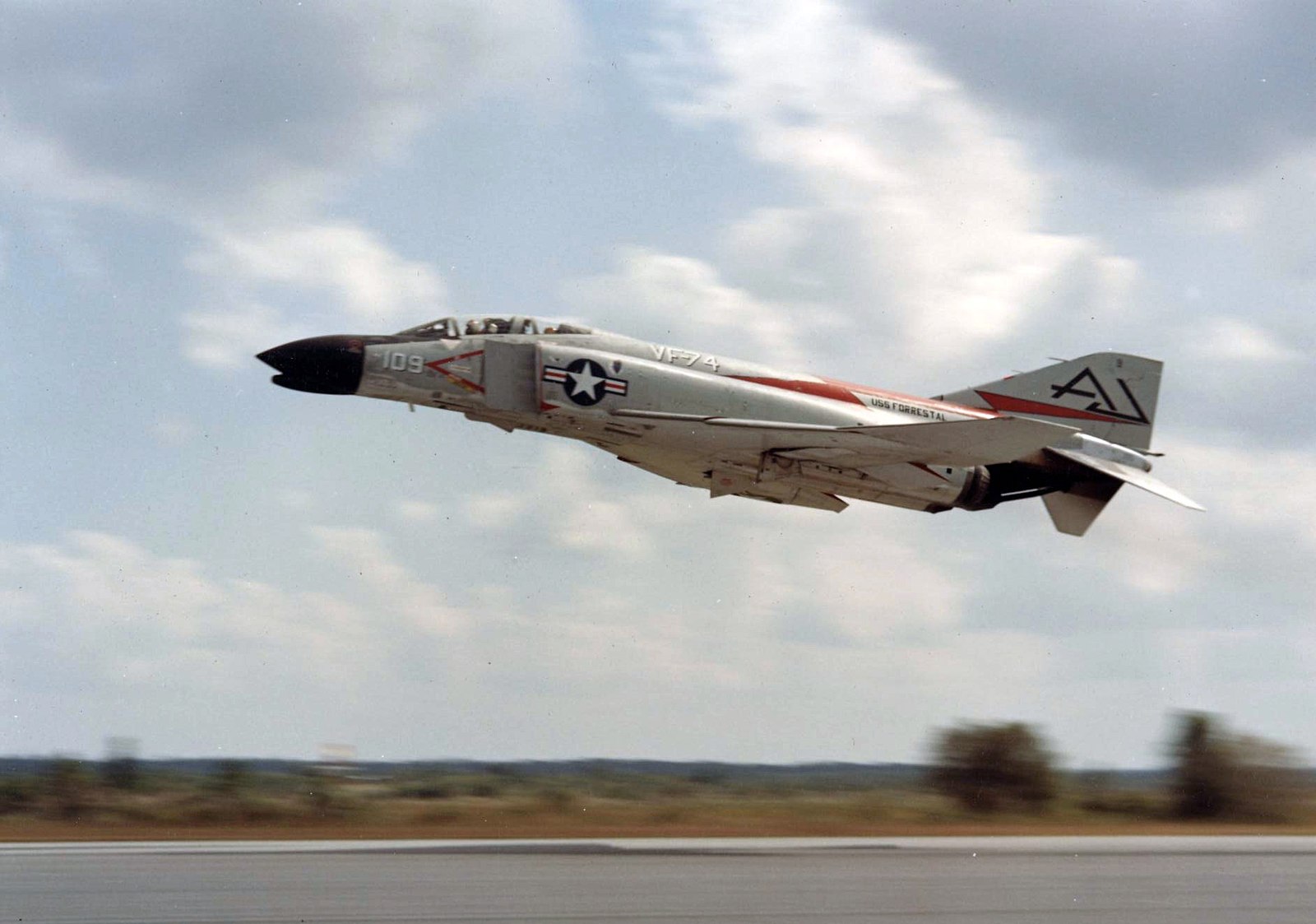
As the Phantom’s days of active service wane, its legacy continues to soar—a testament to innovation, adaptability, and an era when speed and firepower dominated the skies. It is more than just an aircraft; it is a piece of living history, illustrating the ever-evolving nature of military aviation and its profound impact on global defense strategies.
Relevant articles:
– Doctor Aviation, Doctor Aviation
– True Friend of Mine – Garrison Keillor, Garrison Keillor
– The Welkin, Atlantic Theater Company
– The Phabulous Phantom, White Eagle Aerospace

